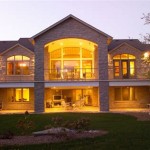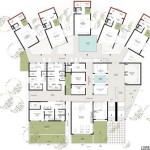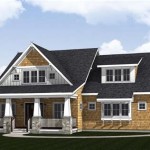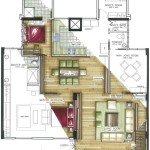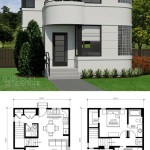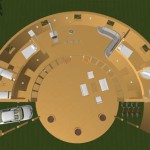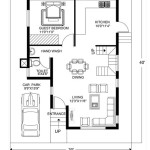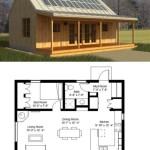Essential Aspects of Elizabethan Manor House Floor Plan
Elizabethan manor houses were sprawling and complex structures that reflected the wealth and status of their owners. These houses had a number of essential features, including:
1. A large hall: The hall was the heart of the manor house, and it was used for a variety of purposes, including dining, entertaining, and holding court. The hall was typically located in the center of the house, and it was often the largest room. It was typically lit by large windows and had a high ceiling.
2. A great chamber: The great chamber was the most important bedroom in the manor house, and it was reserved for the lord and lady of the house. The great chamber was typically located on the first floor of the house, and it was often the largest bedroom. It was typically furnished with a large bed, a wardrobe, and a dressing table.
3. A solar: The solar was a private room that was used by the lord of the house for studying, working, or relaxing. It was typical for the solar to be located on the first floor, and it is often furnished with a desk, a chair, and a bookcase.
4. A withdrawing room: The withdrawing room was a private room that was used by the lady of the house for relaxing or entertaining guests. The withdrawing room was typically located on the first floor, and it was often furnished with a sofa, chairs, and a tapestry.
5. A chapel: Many manor houses had their own chapel, which was used for religious services. The chapel was typically located on the first floor of the house, and it was often furnished with an altar, a pulpit, and a pews.
6. A kitchen: The kitchen was the heart of the manor house, and it was used for preparing meals for the lord and lady of the house and their guests. The kitchen was typically located in the basement of the house, and it was often furnished with a large fireplace, a stove, and a sink.
7. A pantry: The pantry was used for storing food and supplies for the kitchen. The pantry was typically located in the basement of the house, and it was often furnished with shelves and cupboards.
8. A buttery: The buttery was used for storing wine and beer for the lord and lady of the house and their guests. The buttery was typically located in the basement of the house, and it was often furnished with barrels and casks.
9. A scullery: The scullery was used for cleaning dishes and utensils. The scullery was typically located in the basement of the house, and it was often furnished with a sink and a drain.
10. A laundry: The laundry was used for washing clothes for the lord and lady of the house and their guests. The laundry was typically located in the basement of the house, and it was often furnished with a washing machine and a dryer.
These are just a few of the essential features of an Elizabethan manor house floor plan. Manor houses were complex structures that reflected the wealth and status of their owners, and they played an important role in the social and economic life of Elizabethan England.

Life In Elizabethan England Maps Ingatestone Hall

Life In Elizabethan England Maps Ingatestone Hall Manor Floor Plan Lodge House Tudor

A Tudor Hall Elizabethan Style Vintage House Plans Sims Blueprints

On English Country Houses House Floor Plan Castle Plans Manor

English Renaissance Tudor Elizabethan And Jacobean Floor Plans Historical Interior Architecture

The Elizabeth And Jacobean Great House History Of England

1861 Wexham Lodge Buckinghamshire Archiseek Irish Architecture

Mells Manor And The Houses Of Horners An Architectural Overview Essays Art Country House

Ground Plan Of Coleshill House Oxfordshire 1650 1660 Source Platt Scientific Diagram

Wilderhope Manor Northern Design Awards Friday 24th November 2024

